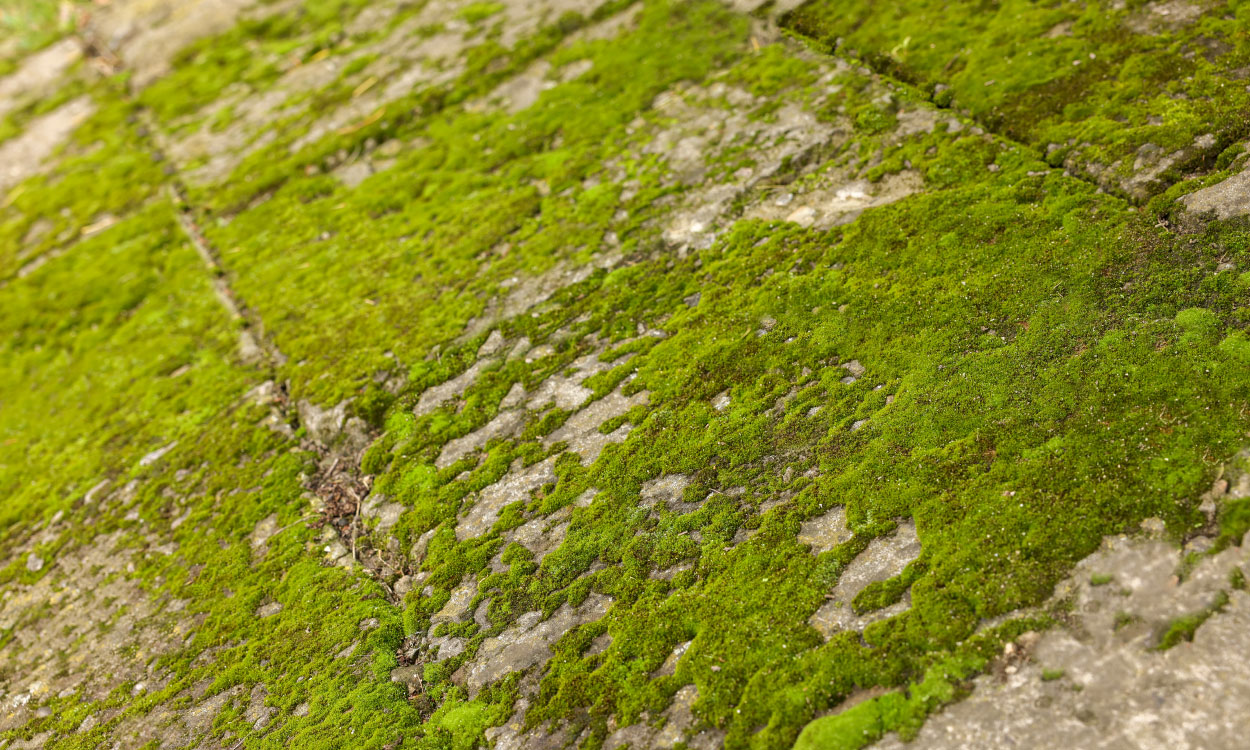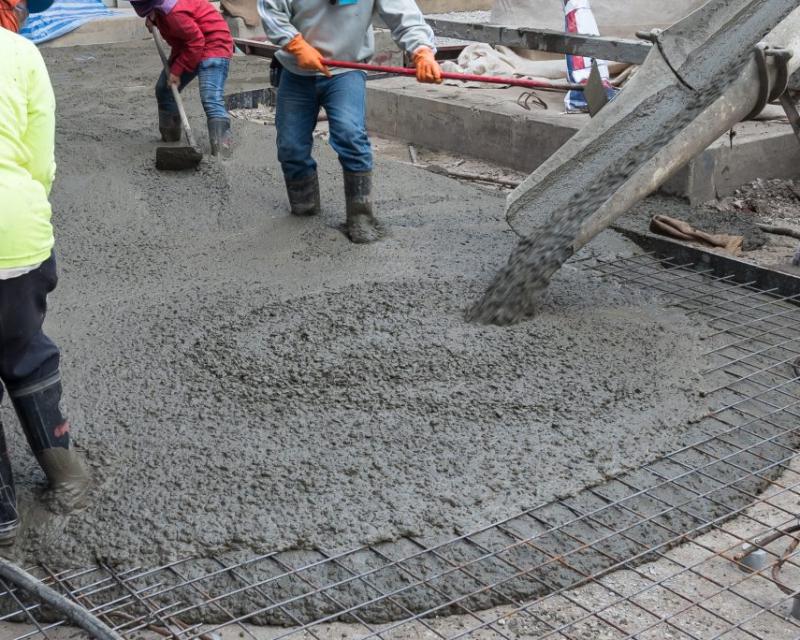How to Stop Concrete Going Green
Your concrete patio or driveway is one of the most important parts of every property. Providing a durable and solid surface, if you spot that the concrete is beginning to go green then you may have a problem.
While it’s not extremely uncommon for moss, algae or other green vegetation to grow on concrete, if you spot it growing at your property you should attempt to remove it as soon as possible.
If ignored, the problem may get worse and cause you even more issues in the future. The best way to prevent moss or algae from appearing on concrete is to try and stop it from growing in the first place.
At Concrete Supply UK, we’re experts in the supply and installation of all concrete types. As well as this, we know what it takes to keep concrete surfaces in the best condition. With this in mind, in this article we’ll take a closer look at how to stop concrete going green.
Read on for more…

Why Does Concrete Go Green?
There are several things that can cause that eerie, green appearance on concrete.
This includes:
- Mould
- Moss
- Algae
- Weed
While you may think the growth of such vegetation is fairly normal, it can actually cause significant problems if left untreated and ignored.
But how does concrete go green in the first place?
Well, the growth of these green plants is usually due to excessive moisture. If water has formed between the paving slabs on your patio, it creates the perfect conditions for mould, moss and algae to grow and thrive. From here, their spores can spread and cause concrete in other areas to go green, too.
Another reason why concrete may go green is if there is insufficient sunlight on the area. Algae and moulds also thrive in shady, dark areas where sunlight cannot access. This is because sunlight is able to evaporate the moisture and prevent the vegetation from growing in the first place.
In addition to this, bacteria in the air can contribute to green concrete. A single spore can spread exponentially across an area and within weeks your garden or outdoor area may be full with millions of them.
With all of this considered, it’s vital to prevent the problem as soon as you notice any signs of greenery on your concrete.
Why Is Green Concrete Bad?
Moss, algae and mould growth can be bad for concrete for several reasons. Mostly, this is related to their impact on durability and aesthetics of a surface and some of the ways concrete is affected include:
- Moisture retention: Moss and algae hold moisture, which can lead to prolonged water exposure on the concrete surface. Over time, the continuous presence of moisture can cause damage to the concrete by encouraging cracking, erosion or even spalling.
- Structural damage: Moss can grow small roots that penetrate the surface of concrete. Over time, this can weaken the surface and create tiny cracks that may get worse with moisture intrusion and freeze-thaw cycles. Even though roots of this vegetation tends to be shallow, they contribute to the degradation of the surface. Furthermore, constant moisture and biological growth can lead to the gradual wearing down of the surface, causing erosion. This will affect the integrity of the concrete, making it rough and prone to further damage.
- Aesthetic issues: Green concrete looks unsightly and can cause stains on the concrete which detract from the aesthetics of your driveways, patios and walls.
- Slip hazard: Both moss and algae can create a slippery surface, especially when wet and after rain has occurred. This poses a safety hazard, and increases the risk of falls and injuries on patios and driveways.
- Alkalinity issues: Concrete is a naturally alkaline material, but the buildup of moss or algae can create acidic pockets. This shift in pH may weaken the concrete’s surface, especially if the areas are already vulnerable to weathering.
How To Stop Concrete Going Green?
The climate here in the UK means that it can be difficult to stop patios, driveways and walls that are made from concrete from going green. This is because the weather can often be damp.
If a lot of rain has occurred, you should do your best to dry it to prevent moss and alage growth. You also want to encourage as much sunlight as possible to dry any wet patches, so if there are debris or objects that are acting as obstructions then you should make sure they are removed from the area.
You may also want to consider installing flatter materials to ensure moisture drys as quickly as possible, in addition to this, your patio and driveways should have appropriate drainage systems in place to make sure water and moisture can wash away as quickly as possible.
Finally, if you do start to notice green patches appear and you’ve already put all the prevention methods in place, you should make sure to remove it as soon as possible – within the first 36 hours.
How To Clean Green Concrete
If you already have green concrete, then there are a number of things you can do to remove it.
This includes the following techniques:
Use a pressure washer
A pressure washer is an extremely effective way to remove algae from patios. All you need to do is to switch on the pressure washer and point the nozzle towards the affected area.
However, you must use pressure washers with caution. It may damage grout and concrete slabs if the pressure is too intensive so always read the manual and make sure you are operating the machine correctly.
Use algae removers
You can purchase chemical-based algae removers from local hardware stores and gardening centres and online.
When using these cleaners, be sure to follow the manufacturer’s instructions as carefully as possible. You may also want to wear gloves as they can be corrosive to the skin.
Use bleach
You can also use household bleach to clean green concrete.
However, you must be careful if doing so.
Bleach can damage your pavings and may also kill any nearby plants like trees or flowers.
Need Fresh Concrete?
If you’re struggling clean already green concrete and you’re struggling to remove moss or algae, depending on what it’s growing on you could look to replace it, that’s where Concrete Supply can help, we offer a variety of different types of concrete mixes and can deliver across the UK. For more information or to order concrete, simply contact us today.


